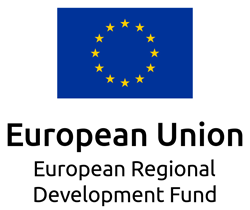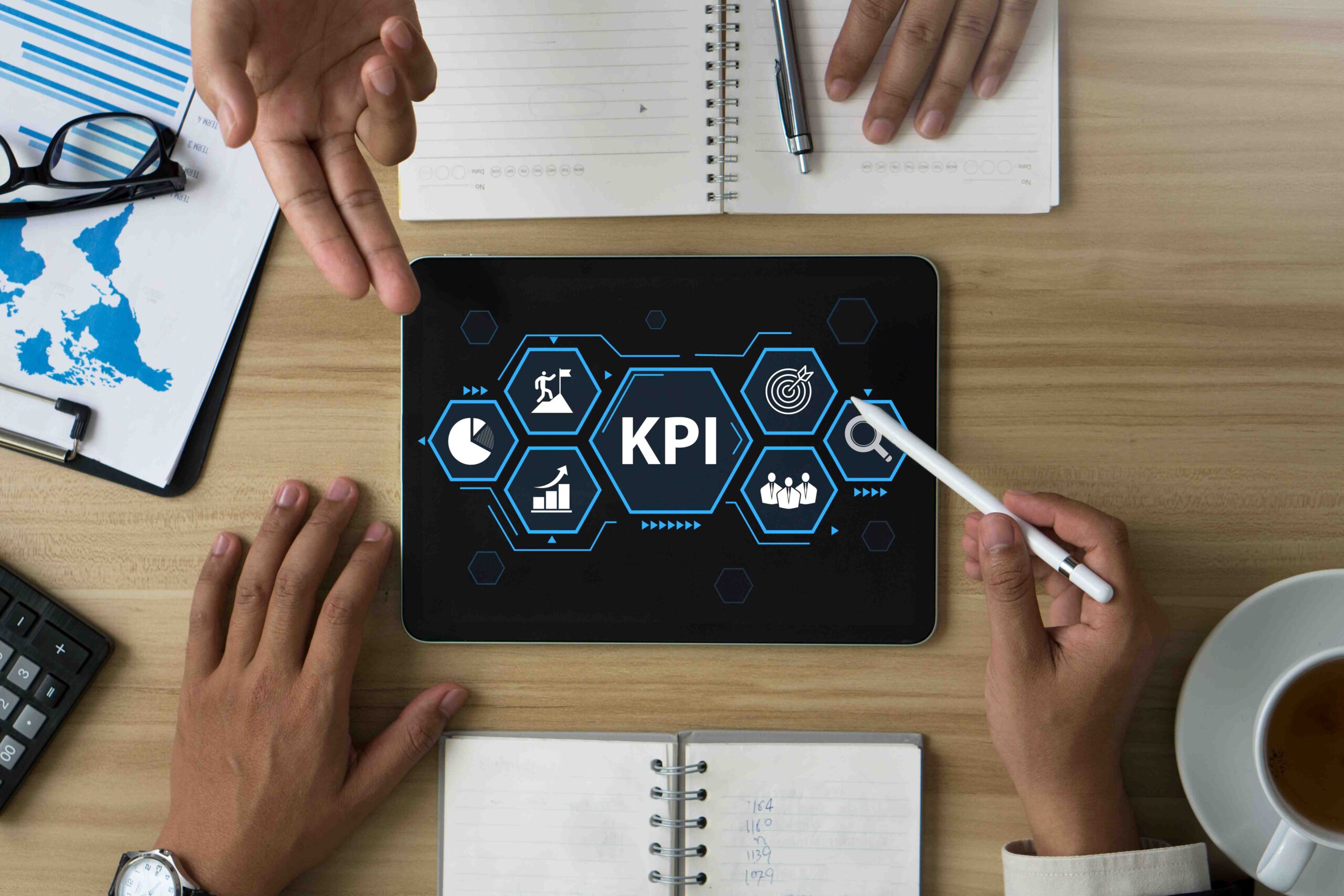Are you developing or just starting a Procurement Department? KPIs (Key Performance Indicators) are a crucial element to consider for effective procurement management. In this article, we will discuss the most important KPIs that will help you monitor and improve the efficiency of your Procurement Department.
What are KPIs?
KPIs are key performance indicators that measure the degree of achievement of business objectives. They allow for precise monitoring of the strategic goals of the organization. In the context of the Procurement Department, KPIs can vary depending on whether they concern operational or strategic procurement. In operational procurement, these might include the number of orders placed or the speed of order processing, whereas in strategic procurement, more complex indicators will be key. This article will focus on KPIs for strategic procurement.
How to measure KPIs in strategic procurement?
The best practice is to create a scoreboard that helps track and analyze all activities of the Procurement Department. As Jack Welch said, “What is measured, is managed.” Regular monitoring allows you to determine whether purchases actually benefit the company or just consume resources without clear results. Below are the key KPIs that should be included in your procurement strategy:
1. Spending by Category
Spending by category is a fundamental indicator that monitors and analyzes how much the company spends on various procurement categories. Knowing these expenditures is crucial for budget management. Introducing the “addressable spend” indicator will help determine which portion of expenditures is managed by the Procurement Department and which is handled outside of it. Monitoring expenditures by category allows for better budget control and identification of potential savings areas.
Example: In 2019, spending by category amounted to 72 million $, which allows for precise tracking of how much money is spent in each procurement category, such as packaging, metals, or plastics. This enables the procurement department to negotiate better terms with suppliers in specific categories.
Calculations:
- Spending on packaging: 20 million $
- Spending on metals: 30 million $
- Spending on plastics: 22 million $
2. Savings KPIs
Savings are one of the most important indicators for the Procurement Department. It is crucial to set realistic savings goals, avoiding inflated forecasts. It is recommended that the savings indicator does not exceed 15%, especially in conditions of rising inflation.
Savings KPI Criteria:
- Purchase price: Comparing the purchase price of a product or service over different periods.
- Supplier negotiations: Determining savings resulting from price negotiations with suppliers..
- Process optimization: Savings from improving procurement processes, such as reducing the number of orders or shortening delivery times.
- Product innovations: Savings from introducing new, more efficient products or technologies.
- Consumption reduction: Savings related to reducing the consumption of materials or energy.
Example: The Procurement Department negotiated a 5% price reduction with a raw materials supplier. As a result, annual savings amounted to 500,000 $. Additionally, process optimization resulted in savings of 200,000 PLN per year.
Calculations:
- Annual raw materials cost before negotiations: 10,000,000 $
- 5% price reduction: 10,000,000 $ * 0.05 = 500,000 $
- Annual savings: 500,000 $ + 200,000 $ = 700,000 $
3. Accounts Payable and Inventory Turnover
These indicators measure the average payment terms to suppliers and the period inventory is held in the company. They are expressed in days and have a direct impact on the company’s financial liquidity. Optimizing these indicators can bring significant financial benefits.
Example: In 2018, accounts payable and inventory turnover were 32 days. In 2022, thanks to the actions of the Procurement Department, the payment term extended to 84 days, and inventory turnover decreased to 29 days. This means the company has 55 days of “free” funds that can be used for investments.
Calculations:
- Accounts payable turnover (2018): 32 days
- Inventory turnover (2018): 32 days
- Accounts payable turnover (2022): 84 days
- Inventory turnover (2022): 29 days
- Free funds: 84 days – 29 days = 55 days
4. Availability
This indicator measures how timely and in what quantity customer orders are fulfilled. High availability (above 98%) is an indicator of effective supply chain management. High availability indicates that the Procurement Department effectively collaborates with suppliers, ensuring continuity of supply and customer satisfaction.
Example: In 2020, order availability was 96%. Thanks to improved supply chain management, in 2021, this indicator increased to 98%, significantly impacting customer satisfaction and loyalty to the company.
Calculations:
- Availability in 2020: 96%
- Availability in 2021: 98%
- Availability improvement: 98% – 96% = 2% improvement
5. Consolidated Spending and Number of Suppliers
These indicators relate to the labor intensity of managing the supplier base. Too many suppliers can lead to increased administrative work, so it is worth striving for spending consolidation and optimizing the number of suppliers. Consolidated spending shows how effectively the Procurement Department manages its supplier relationships, reducing the number of suppliers and simplifying procurement processes.
Example: The company had 150 suppliers in 2019. The Procurement Department identified that it could consolidate purchases to 100 suppliers, reducing administrative costs and achieving better negotiation terms. This saved the company 300,000 $ annually.
Calculations:
- Number of suppliers in 2019: 150
- Number of suppliers in 2020: 100
- Savings from reducing the number of suppliers: 300,000 $
Summary
Creating a KPI table for the Procurement Department allows for effective management of expenditures, savings, financial liquidity, and supplier relationships. Regular monitoring of these indicators allows for ongoing assessment and improvement of procurement activities. Well-defined and measured KPIs help in making informed business decisions that contribute to achieving the company’s strategic goals.










